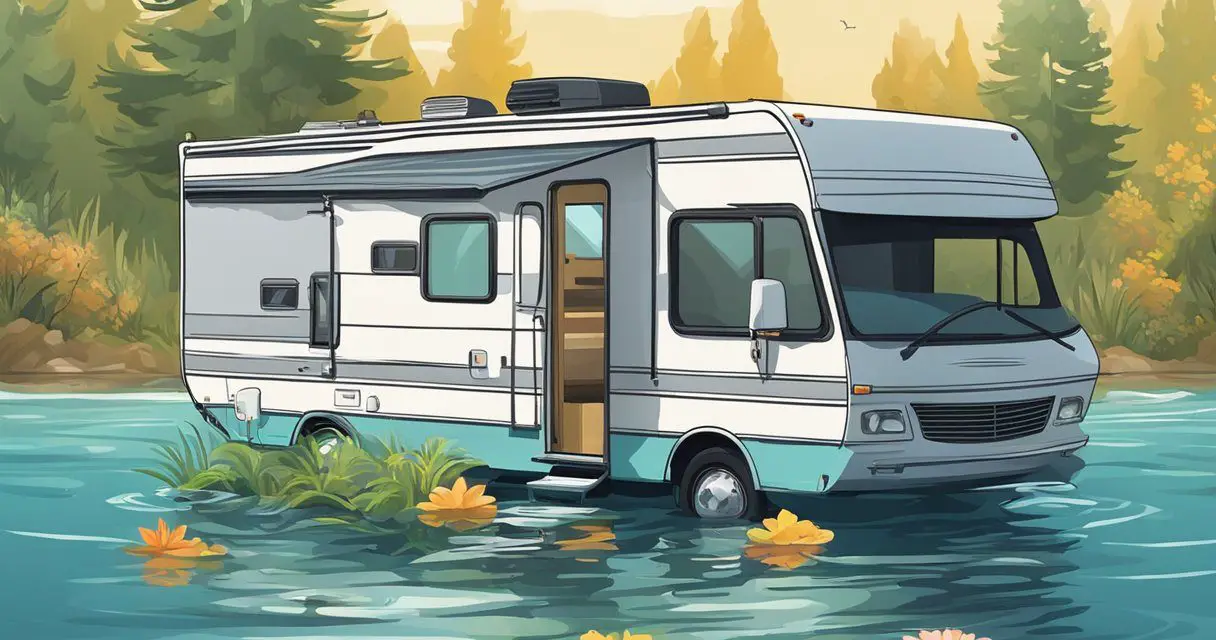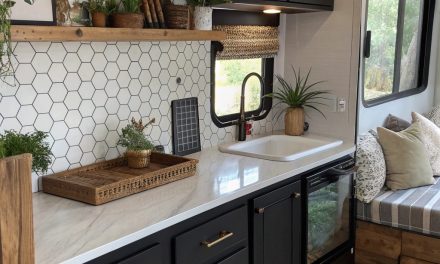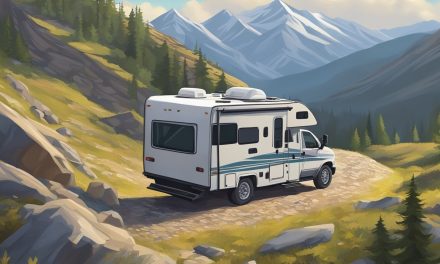Would you like to save this article?
Water damage is the silent killer of RVs—creeping in unnoticed until it’s too late and your home-on-wheels is a spongy, moldy mess. As an RV owner, you might think you’ve checked every seam and seal, but there are sneaky spots where water loves to hide.
A certified RV Tech in the video below reveals the four most overlooked areas where water damage starts.
1. Slide Out Seals
The first danger zone? Your slide-out seals. According to the RV Tech:
“Water comes down the wall of your slide-outs and near the floor area on this part of the trim… you’ll have sealant gaps. The manufacturers don’t really seal this area very well.”
If water sneaks behind the trim, it can soak into the floor, causing swelling and rot. The Tech even points out a tiny gap that most people would miss—proof that water damage is a master of disguise.
If your RV floor starts feeling like a trampoline, it’s not an upgrade—it’s a cry for help.
2. Lower T-Molding
Next up: the lower T-molding, a common trouble spot, especially in bedroom or living room slide-outs.
“The sealant can become loose and crack, and water gets behind there… you’ll see a little bit of water squishing behind there, maybe even some green mold.”
The Tech demonstrates how a soft, spongy floor near the trim is a dead giveaway that water has been partying where it shouldn’t.
If your floor feels like a wet sponge, congratulations—you’ve accidentally grown an indoor swamp.
3. Slideout Roof Tape Trim
Time to climb up top! The roof tape trim around slide-outs is another sneaky leak location.
“If the tape isn’t stuck properly, you’ll see bubbles… peel it back, and you’d find water, dirt, and debris behind there.”
This tape is supposed to keep water from running into your walls and floors, but if it fails, you’re in for a soggy surprise.
If your RV roof tape is bubbling like a bad perm, it’s time for an intervention.
4. Bathroom Ceilings (Especially Around Skylights & Vents)
Finally, don’t ignore your bathroom ceiling.
“If you start noticing darkness around the skylight trim, that means water is leaking in… same goes for roof vents.”
Staining or dark spots are your RV’s way of saying, “Help, I’m drowning from the inside!”
If your bathroom ceiling looks like a Rorschach test, it’s not art—it’s a leak.
Water Damage FAQ (Featuring the RV Tech’s Cat)
The video also answers some burning questions, like:
- How often should you check for water damage? Monthly if you’re full-time, twice a year if seasonal.
- What’s the cost to repair water damage? “There is a wide range… slide-out floors are easily into the multiple thousands of dollars. If you have wall damage and things like that, that RV might not be repairable in some situations.“





